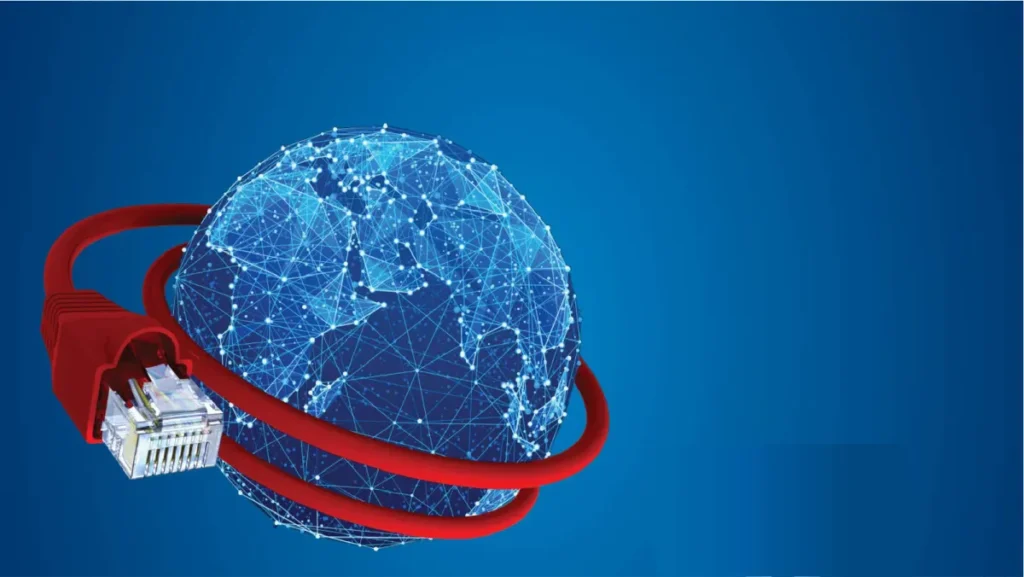
When we think of the Silk Road, we imagine camel caravans, exotic spices, and ancient trade routes. Today, a new version is unfolding, not with ships and roads, but with fiber-optic cables, satellites, and 5G towers. Welcome to the Digital Silk Road, China’s ambitious plan to digitally connect the world, with itself at the core.
Launched in 2015 as a branch of the Belt and Road Initiative (BRI), this tech based push focuses on expanding tech infrastructure across developing countries. It’s China’s way of becoming a global digital superpower, and a leading voice in setting international tech rules.

What Is the Digital Silk Road?
The Digital Silk Road (DSR) is China’s blueprint for exporting technology, services, and governance systems to regions across Asia, Africa, Latin America, and even parts of Europe. It’s about laying internet cables instead of train tracks, and building 5G towers in place of bridges.
Key elements include:
-
Telecom networks: Especially 5G, via firms like Huawei and ZTE
-
E-commerce expansion: Platforms like Alibaba are growing across Southeast Asia and Africa
-
Smart cities: Urban planning powered by Chinese AI and surveillance tools
-
Satellite systems: BeiDou, China’s GPS rival, is gaining traction
-
Fintech and digital payments: Chinese financial technology is spreading in emerging markets
Where Is This Happening?
More than 80 countries have signed on in some form, especially where Western infrastructure aid is limited.
-
Africa: Kenya, Nigeria, and Ethiopia are major recipients of Chinese digital investment
-
Asia: Pakistan’s fiber-optic corridor connects Gwadar to China. Cambodia and Laos use Chinese-built telecom grids
-
Latin America: Venezuela and Ecuador have adopted Chinese surveillance systems and e-governance tools
These projects often come with low-cost loans, turnkey solutions, and fast execution, making them hard to refuse.
Why Is China Pushing the Digital Silk Road?
There are multiple motivations behind this networked infrastructure expansion:
-
Economic dominance: Early investments mean a stronghold over future technological markets
-
Tech standard-setting: By becoming ubiquitous, Chinese companies may define global norms in 5G, AI, and IoT
-
Reduced Western reliance: The DSR offers an alternative to US-run services and networks
-
Soft power and influence: Infrastructure leads to long-term ties, and often, policy sway
In short, China isn’t just connecting the world to the internet. It’s connecting the world to its own systems.
Global Concerns: The Flip Side
While the benefits are clear, many are sounding alarms over the DSR’s risks:
-
Cyber sovereignty: Host nations may face surveillance or censorship threats
-
Data privacy: Facial recognition and surveillance tech raise ethical red flags
-
Debt risk: Critics warn of digital versions of “debt-trap diplomacy”
-
Geopolitical fallout: The initiative has deepened the US-China tech rivalry
For instance, India has banned over 100 Chinese apps and voiced concern about Huawei’s influence in neighboring countries. Meanwhile, the US and EU are backing “clean network” alternatives to counter Beijing’s reach.
The Road to the Future
As the global race for digital dominance heats up, the Digital Silk Road is reshaping how countries connect, communicate, and compete. In an era where data is the new oil, China is laying down the pipelines.
The real question is: Who will control the flow?
In the next decade, as climate change, urbanization, and digital inequality rise, this initiative will remain central to global debates. It’s not just about tech, it’s about who gets to shape the future.
For more such informative articles stay tuned at The World Times



